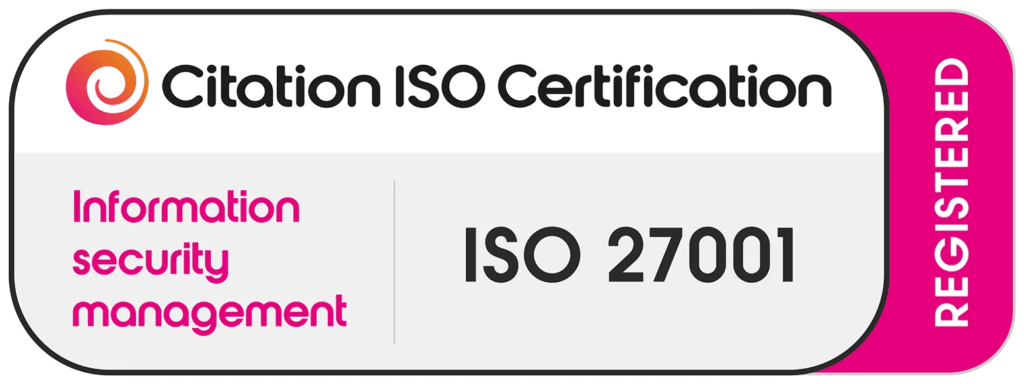Lease Return IT equipment is a crucial process that often involves more than just handing over devices. Whether you’re a business upgrading systems or downsizing, managing the IT lease return process properly is essential for compliance, data security, and sustainability. In this article, we’ll walk through the comprehensive steps of a lease return, incorporating best practices for computer waste management, secure data destruction, and IT asset disposition (ITAD).
Introduction to IT Equipment Lease Returns
Importance of Lease Returns
IT lease returns play a critical role in the lifecycle of tech assets. Returning equipment efficiently not only ensures a smooth transition but also minimizes liability and operational disruptions.
Overview of the Process
The lease return process encompasses several key steps: preparation, inspection, data sanitization, documentation, and final handover. Each step must be handled with precision to meet lease return compliance standards.
Understanding Lease Agreements
Key Terms and Conditions
Lease agreements define the return conditions, including wear and tear, packaging standards, and timelines. Familiarity with these terms is essential to avoid unexpected penalties.
Responsibilities of Lessee and Lessor
Lessees must ensure that equipment is returned in agreed-upon condition. Lessors, on the other hand, are responsible for assessing compliance and initiating asset recovery procedures.
Preparing for Lease Return
Inventory Assessment
Before initiating returns, businesses should conduct a thorough inventory audit to account for all leased items, including accessories and peripherals.
Data Backup Procedures
Backing up data is critical before initiating any form of data sanitization methods. This ensures business continuity and safeguards against accidental data loss.
Data Sanitization and Security
Importance of Data Wiping
One of the most vital steps in the lease return process is ensuring that no sensitive data remains on returned devices. Improper data handling can lead to breaches and legal issues.
Methods of Data Destruction
Common data sanitization methods include software-based wiping, degaussing, and physical destruction of storage devices. These must comply with industry standards to ensure secure data destruction.
Physical Inspection of Equipment
Checking for Damages
All equipment should be physically inspected for damages or excessive wear. Any discrepancies must be documented to avoid disputes.
Ensuring Completeness of Accessories
Often, end-of-lease equipment handling includes returning original packaging, power cords, adapters, and other accessories. Missing items can lead to fees or return rejection.
Packaging and Shipping Guidelines
Proper Packaging Techniques
Using anti-static bags, bubble wrap, and durable boxes can prevent transit damage. Proper labeling ensures the equipment reaches the correct destination.
Choosing Reliable Shipping Methods
Choosing insured and trackable shipping options helps protect the lessee from loss or damage during transit.
Documentation and Record Keeping
Necessary Documentation
Include packing lists, lease return forms, and signed agreements during shipment. These documents validate the return and aid in future audits.
Maintaining Records for Compliance
Keeping detailed records is crucial for lease return compliance and can serve as proof in case of disputes or follow-up inspections.
Financial Implications of Lease Returns
Potential Charges
Fees may arise from equipment damage, missing items, or late returns. Understanding these potential costs upfront helps in better financial planning.
Cost-Benefit Analysis
Conducting a cost-benefit analysis allows businesses to determine whether to buy out, return, or upgrade leased equipment.
Environmental Considerations
E-Waste Management
Proper e-waste disposal practices ensure environmentally responsible handling of outdated equipment. Businesses must avoid illegal dumping or improper recycling.
Sustainable Disposal Practices
Emphasizing sustainable IT practices, many companies now partner with eco-certified recyclers for IT equipment recycling, aligning lease returns with green policies.
Common Challenges and Solutions
Addressing Common Issues
Challenges like missing accessories, incomplete data wipes, or shipment damages are common. A proactive approach helps in minimizing such occurrences.
Best Practices for Smooth Returns
Establishing internal checklists and using experienced ITAD vendors can streamline the entire return process.
Role of IT Asset Disposition (ITAD) Providers
Benefits of Using ITAD Services
Professional ITAD providers offer secure data destruction, certified recycling, and documentation all essential for a compliant and efficient return.
Selecting the Right Provider
When choosing an ITAD partner, look for certifications like R2 or e-Stewards, service transparency, and a proven track record in IT lease return process support.
Legal and Compliance Aspects
Understanding Regulatory Requirements
IT equipment returns often involve compliance with local, national, and international data protection laws such as GDPR or HIPAA.
Ensuring Compliance
Regular audits and partnering with compliant ITAD services can help businesses meet their legal obligations and avoid penalties.
Case Studies: Successful Lease Returns
Real-World Examples
A major retail chain successfully partnered with an ITAD provider to manage over 5,000 device returns with zero data breaches and full regulatory compliance.
Lessons Learned
Early planning, clear responsibilities, and reliable vendors contribute significantly to lease return success.
Future Trends in IT Lease Returns
Technological Advancements
Automation and AI tools are now being used to track assets, manage returns, and even identify compliance risks in real-time.
Evolving Best Practices
As sustainability becomes a business priority, we can expect more standardised computer waste management and recycling programmes.
Conclusion
Recap of Key Points
Successfully managing the IT lease return process involves careful preparation, secure data wiping, environmental responsibility, and compliance with regulations.
Final Recommendations
Engage early with ITAD providers, follow lease terms closely, and implement secure data destruction and e-waste disposal practices to ensure a seamless and sustainable return.
You can also read: Boost Productivity & Security with Smart IT Asset Management
FAQs
Q1: What is an IT lease return process?
The IT lease return process is the systematic approach to returning leased IT equipment, including inspection, data wiping, documentation, and shipping.
Q2: Why is data sanitization important during lease returns?
Data sanitisation ensures that sensitive business data does not fall into the wrong hands, maintaining security and compliance.
Q3: How do I know if my equipment qualifies for return?
Review your lease agreement for specific return conditions, including acceptable wear and required accessories.
Q4: Can I recycle my IT equipment during a lease return?
Yes, many lease returns include certified IT equipment recycling as part of sustainable IT practices.
Q5: What role do ITAD providers play?
ITAD providers help with secure data destruction, certified recycling, and regulatory compliance during the lease return process.
Q6: What documents should I keep after returning leased IT equipment?
Keep shipping receipts, inspection reports, and signed return confirmations for compliance and audit purposes.



